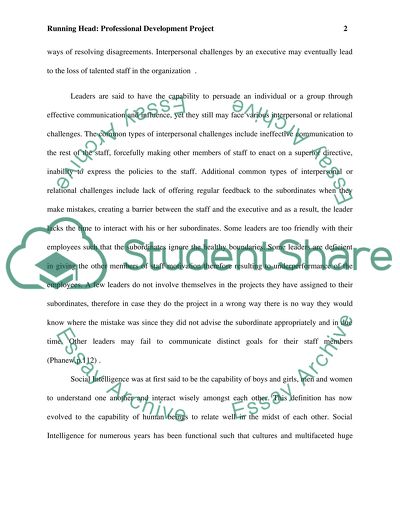Cite this document
(“Introduction of the relational/interpersonal challenge Research Paper”, n.d.)
Retrieved from https://studentshare.org/education/1404129-bilding-high-performance-teams
Retrieved from https://studentshare.org/education/1404129-bilding-high-performance-teams
(Introduction of the relational/Interpersonal Challenge Research Paper)
https://studentshare.org/education/1404129-bilding-high-performance-teams.
https://studentshare.org/education/1404129-bilding-high-performance-teams.
“Introduction of the relational/Interpersonal Challenge Research Paper”, n.d. https://studentshare.org/education/1404129-bilding-high-performance-teams.


